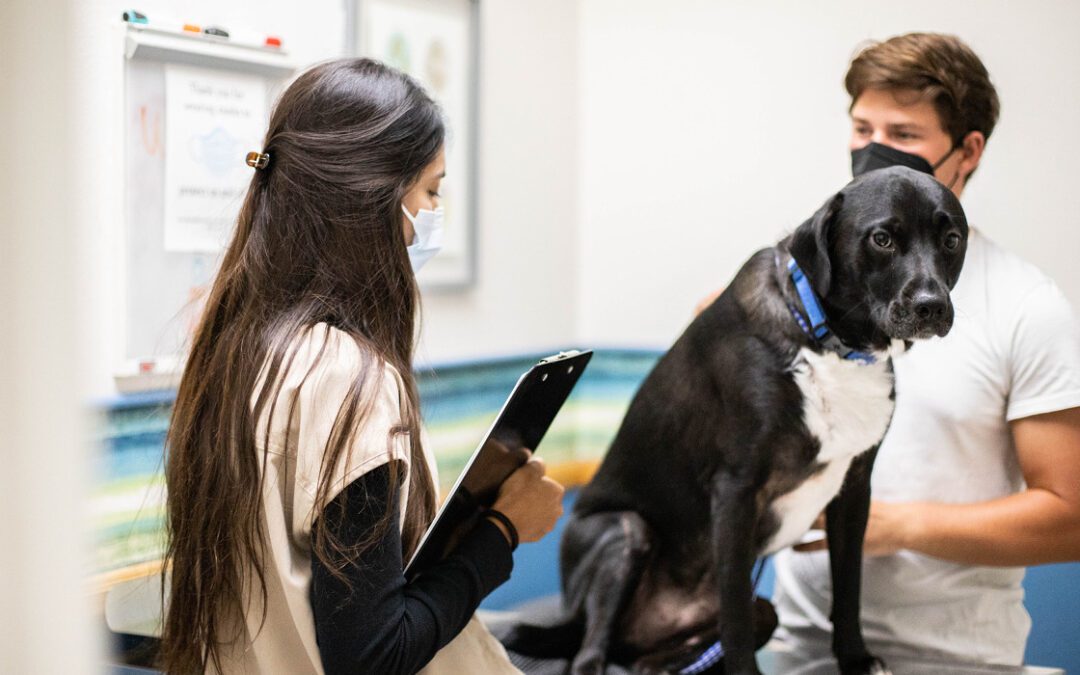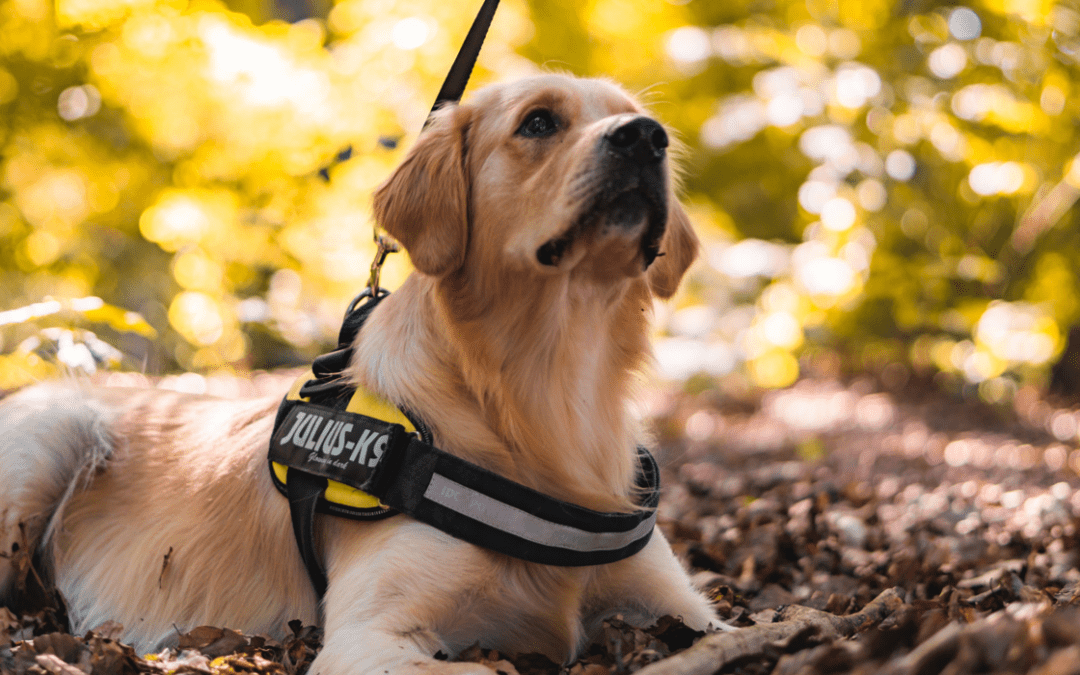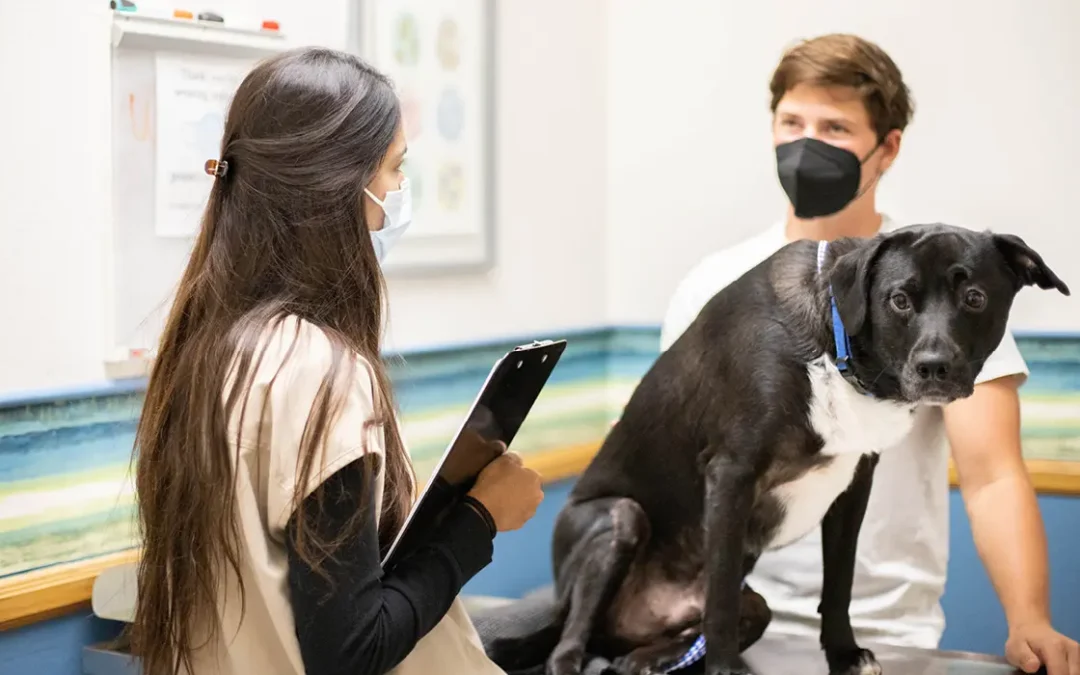The prospect of your four-legged family member being ill is frightening enough without the added worry of a cancer diagnosis. However, just as with humans, recognizing the symptoms early and getting your pet to the clinic for treatment is critical. Keep an eye out for indicators of cancer in your pets to help you recognize a problem early, whether you’ve discovered a fatty growth on your dog or suspect skin cancer in your cat.
Many cancer symptoms in pets are subtle and can be caused by another ailment, but it’s a good idea to consult your veterinarian if you detect any of the following potential pet cancer warning signs.
Swollen Lymph Nodes
These “glands” can be found all over the body, but they’re most noticeable behind the mouth or behind the knee. When these lymph nodes swell, it could be a sign of lymphoma, a type of cancer that affects many pets. The diagnosis can be confirmed by a biopsy or cytology of the swollen lymph nodes.
Lumps or Bumps
The lumps and bumps that occur on or just beneath the surface of a pet’s skin are referred to as skin masses, growths, or tumors by veterinarians. These lumps can appear anywhere on a pet’s body, but they’re more likely to catch owners’ attention if they appear on the head, back, or sides.
Although lumps and bumps are more common in older pets (especially dogs), they can occur in any age dog or cat.
These growths can take on many different shapes and sizes. They might be small or large, flat or rounded, or stiff and fixed/immovable. Soft and moveable fatty masses, also known as lipomas, are not threatening unless they are impeding movement, and are non-cancerous. Growths can lack the ability to grow fur or be discolored in nature. It’s important to note that while not all masses are cancerous, they should still be checked out by your veterinarian to make sure everything is OK with your furry friend.
Although the appearance of a growth can help your veterinarian determine what type of mass it is, it’s critical to get a biopsy or fine needle aspirate to determine if the mass is benign (non-cancerous) or malignant (cancerous).
Sores or Lesions
Bring your dog to a veterinarian for a thorough check if you find a lesion on their skin. Prepare a history of your dog’s recent activity, areas you may have gone, and any other unusual signals or behaviors.
Loss of Appetite
Loss of appetite may appear to be a minor inconvenience, but it has major consequences. In dogs and cats, changes in appetite, whether increased or diminished, can be subtle indicators of cancer.
If a pet isn’t feeling well or is in discomfort, they may refuse to eat. Other cancers, on the other hand, can lead a pet to consume more than usual. Some malignancies burn a lot of calories, which causes a pet’s appetite to grow.
Certain types of aggressive, malignant tumors can cause a pet to lose weight while eating regular or more than normal amounts of food. Cushing’s disease is caused by tumors of the adrenal or pituitary glands, which stimulates a dog’s appetite and causes weight gain.
Weight Loss
One of the most prevalent indications of pet cancer is weight loss. Make an appointment with your veterinarian if you observe your pet losing weight.
Difficulty Swallowing
Dysphagia (difficulty swallowing) can present itself anatomically as oral dysphagia (in the mouth), pharyngeal dysphagia (in the pharynx), or cricopharyngeal dysphagia in the cricopharynx at the far end of the pharynx entering the esophagus.
Oral dysphagia causes pets to eat in unusual ways, such as tilting their heads to one side or tossing their heads backward. Oral dysphagia is also characterized by the accumulation of food in the cheek folds of the mouth without the presence of saliva. This could make food difficult or nearly impossible to swallow.
Lethargic Behavior
Lethargy differs from simple exhaustion in that it affects your pet’s degree of enthusiasm. They may lose interest in a favorite toy or pastime, or they may neglect to welcome you when you return home from work. Excessive sleep and delayed responses to visual and auditory cues are further indications of lethargy.
Lethargy can be a symptom of a variety of conditions, so it isn’t always an indicator of cancer. However, if your pet is suddenly significantly less energetic than usual, there could be a problem.
Changes in Urinary or Bowel Movements
You know your pet and witness their “output” on a daily basis. You probably know the difference between regular feces, normal urine, and something more serious. In pets, persistent diarrhea, firm stools, and straining are all signs of cancer.
Don’t hesitate to contact your veterinarian if you’re concerned about something in your pet’s urinary or bowel movements. Keep an eye out for black, tarry stools, which might be a sign of ulcers, which are also a symptom of mast cell tumors.
Abnormal Bleeding or Discharge
A common pet cancer symptom is abnormal discharge or bleeding anywhere on the body, but it is most visible on the face. Pet cancers such as eye and skin cancers might be detected by a foul-smelling ocular discharge or a sudden bloody nose.
Similarly, mouth ulcers and bleeding can be signs of oral cancers, which often go undiagnosed because people mistake the discharge and odor for natural aging. While foul breath is normal in senior pets, any unusual odor, discharge, or bleeding should be investigated.
Prevention is Critical
Cancer rates are high in today’s pet population. Fortunately, there are several action steps you can take to minimize your pet’s cancer risk including:
- Ensure optimal nutrition
- Provide probiotics for digestive health and overall well-being
- Avoid excessive sunlight, but don’t restrict outdoor activities and exercise
- Don’t expose your pet to second-hand smoke
- Do not use toxic pesticides or herbicides
- Utilize natural products (shampoos, conditioners, and other grooming products)
- See your veterinarian for a cancer screen annually, especially after 7 years old
Contact Your Veterinarian
Make an appointment in the PetDesk app with your veterinarian as soon as possible if you suspect your pet may have cancer or if it exhibits any of the aforementioned symptoms. Early detection and prevention are critical, and the sooner cancer cells are detected, the better the prognosis. By studying your dog or cat on a daily basis, you can boost your chances of recognizing changes. You will be more likely to notice subtle changes if you observe your pet on a frequent basis.






